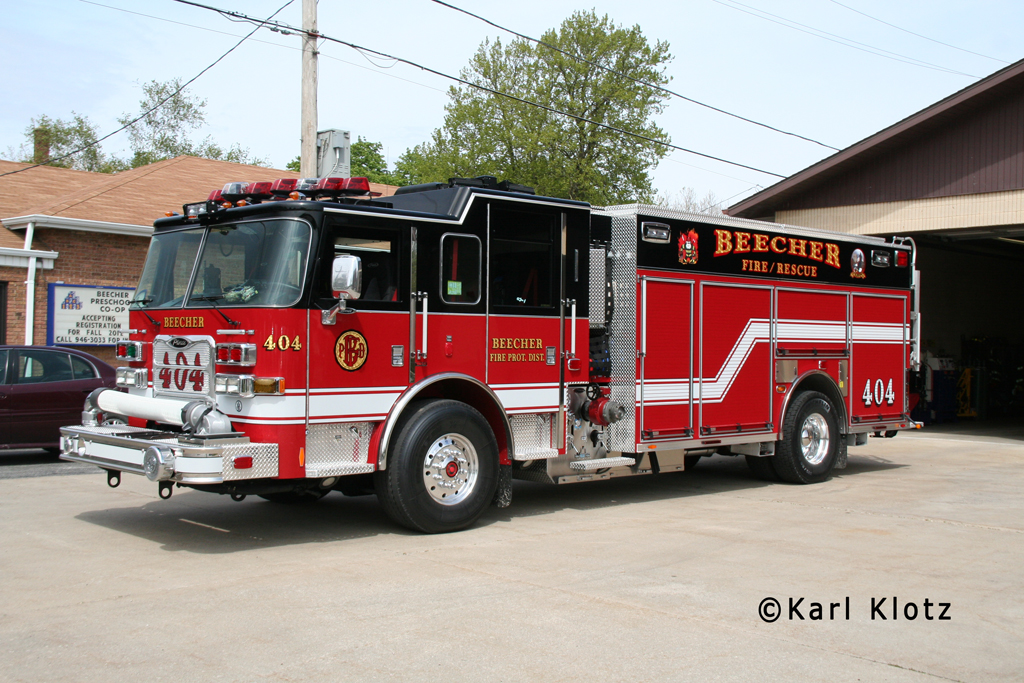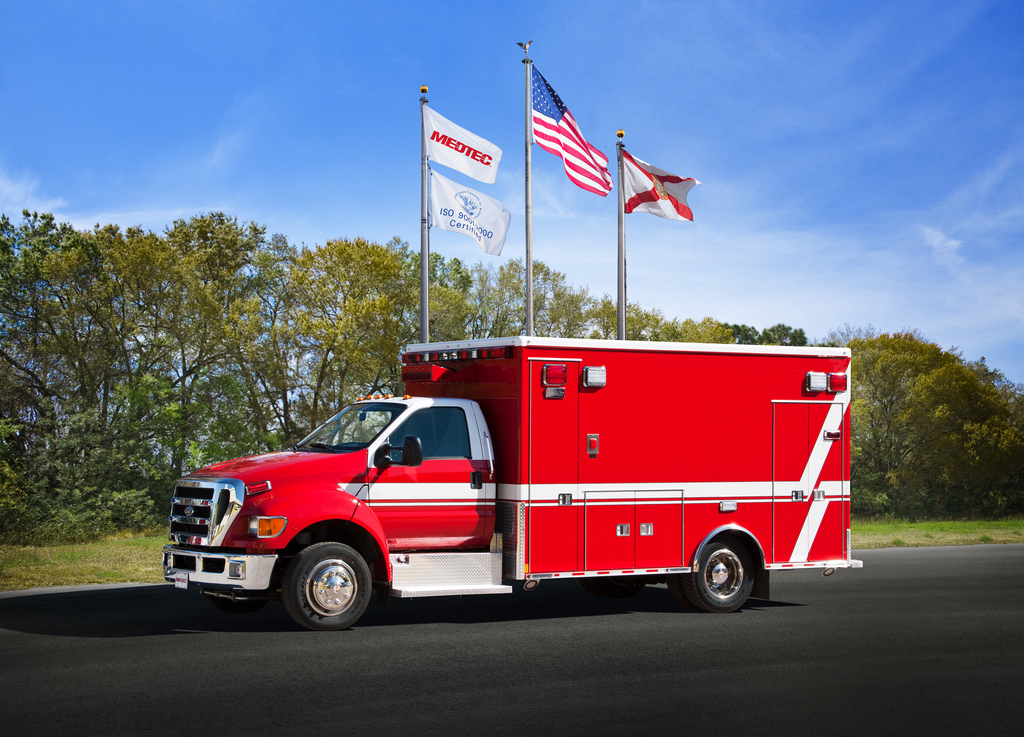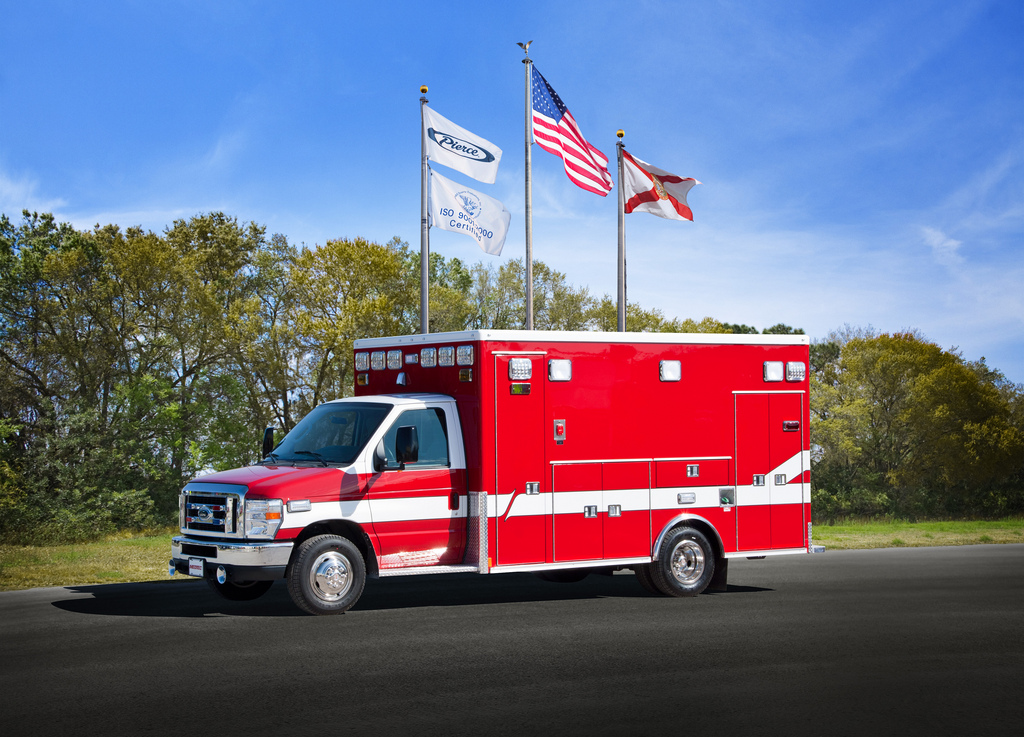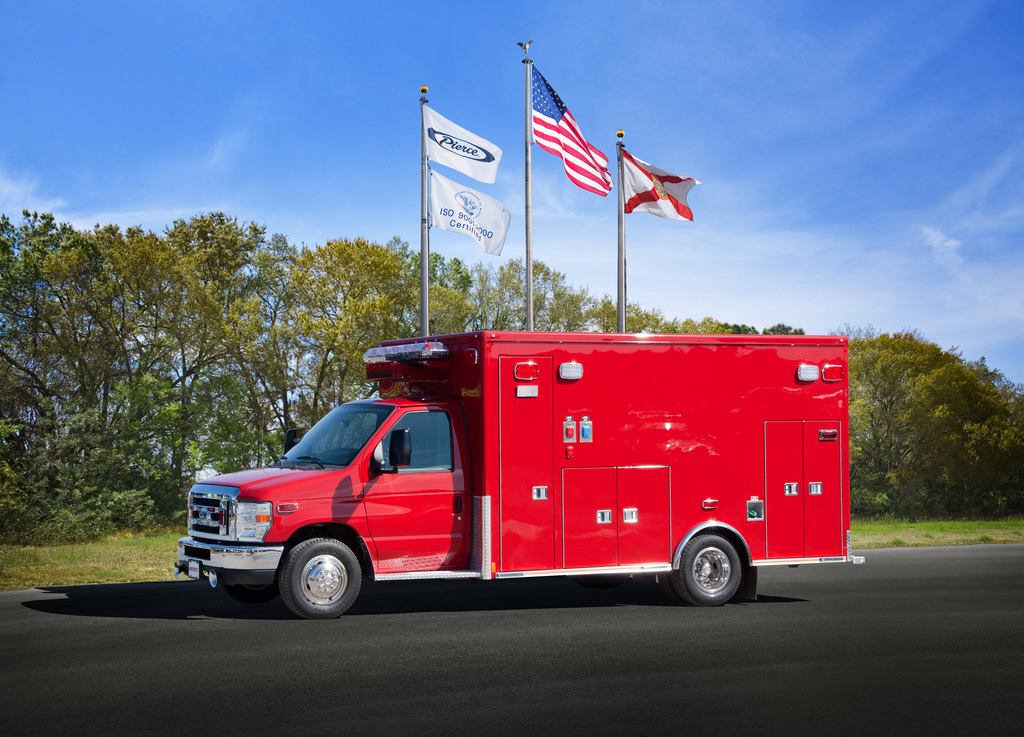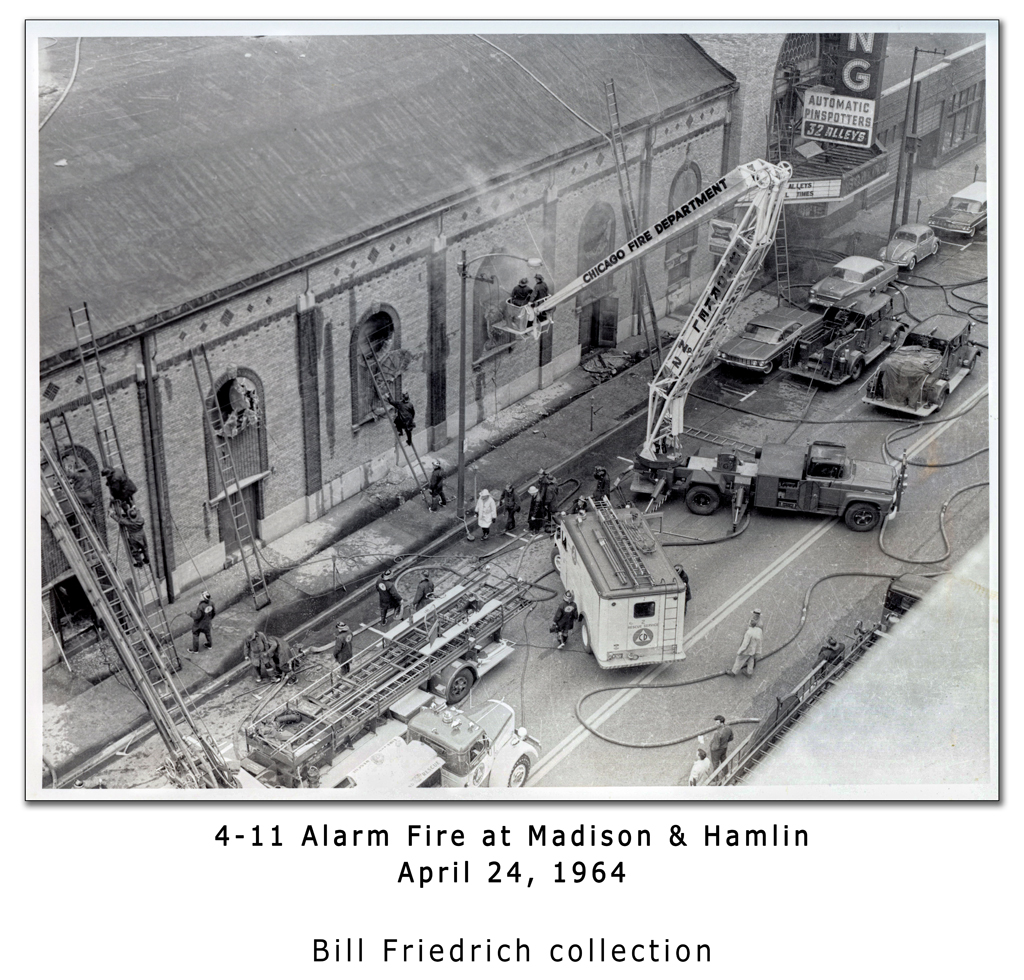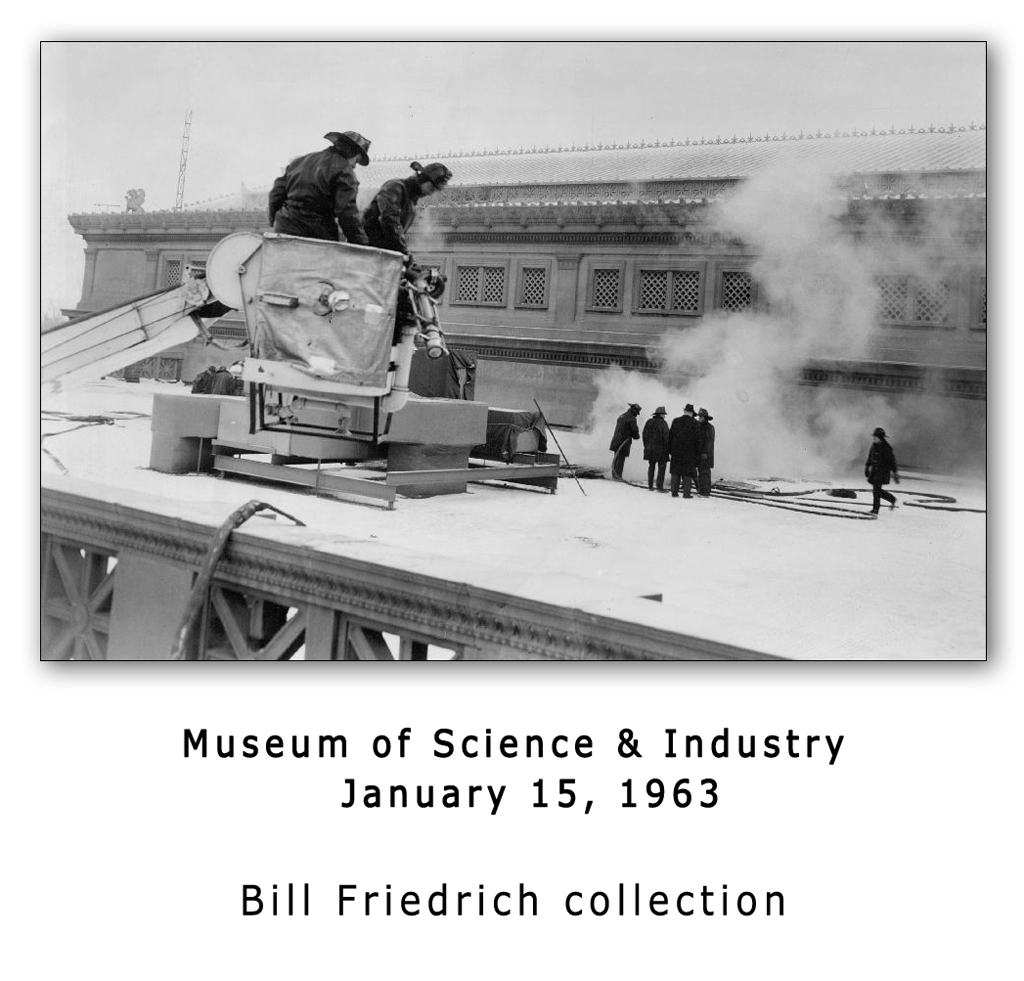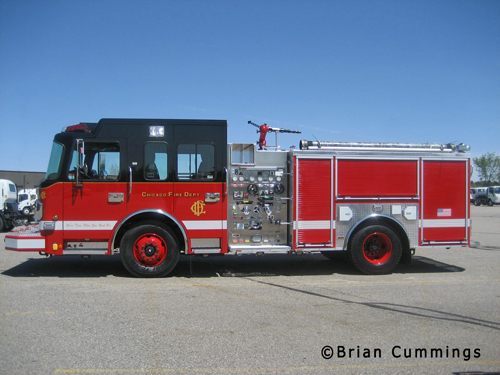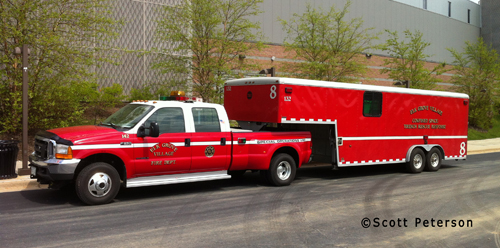Four fire departments in Lake County, MABAS Division 4, have had non-red fire apparatus over the years. To date, only the Fox Lake Fire Department and the Winthrop Harbor Fire Department maintain fleets that are not red, red & white, or red & black.
The fire department at the Great Lakes Naval Training Center in North Chicago used to run apparatus that was either solid lime green or that later had a white roof. The military has since changed over to white over red … with the exception of some ARFF and other airport assigned units.
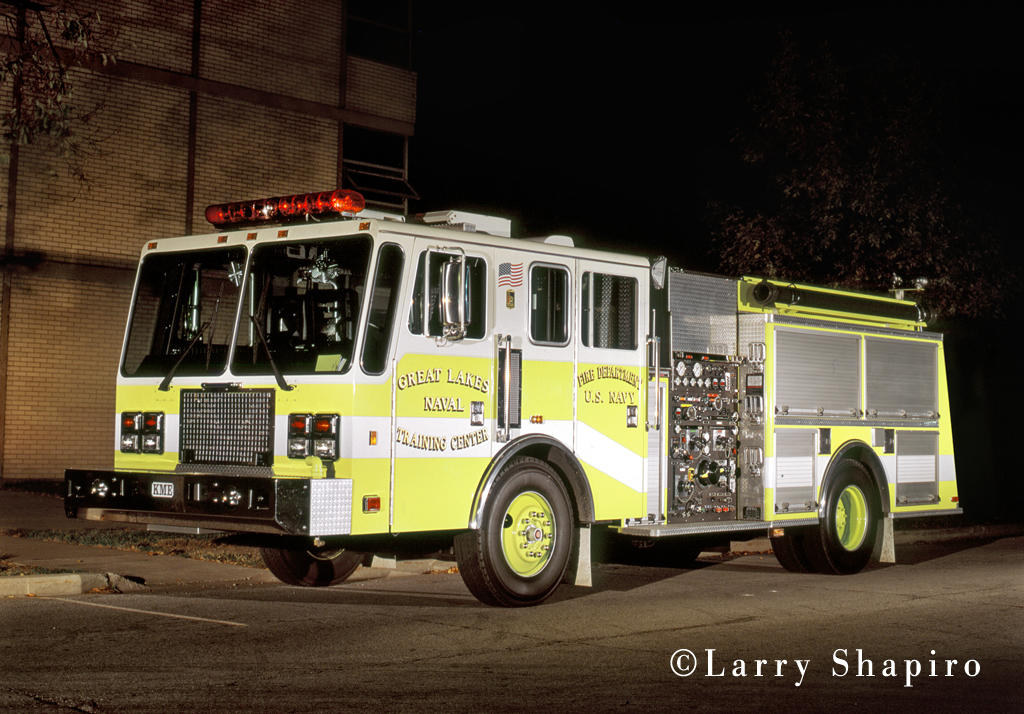
The Great Lakes Fire Department used to run with this 1994 KME Renegade that was assigned to Engine 1911. It had a 1,250-GPM pump and carried 750 gallons of water. There were also two 50-gallon foam tanks on-board. The federal government purchased many of these units over a period of several years in the 1990s and deployed them at bases throughout the world. Several years ago, KME completed a contract to recondition most of these engines. Great Lakes currently has a 1997/2010 Renegade engine at their station 2. Larry Shapiro collection
When the Lake Zurich Rescue Squad and the Lake Zurich Fire Department were separate entities, the rescue squad ran ambulances and a small squad unit. When they purchased this unit in 1979, there was federal funding provided to help with the cost. One stipulation though was that the squad had to be painted white over lime green, which at the time was considered a matter of safety with regards to the visibility of the unit.
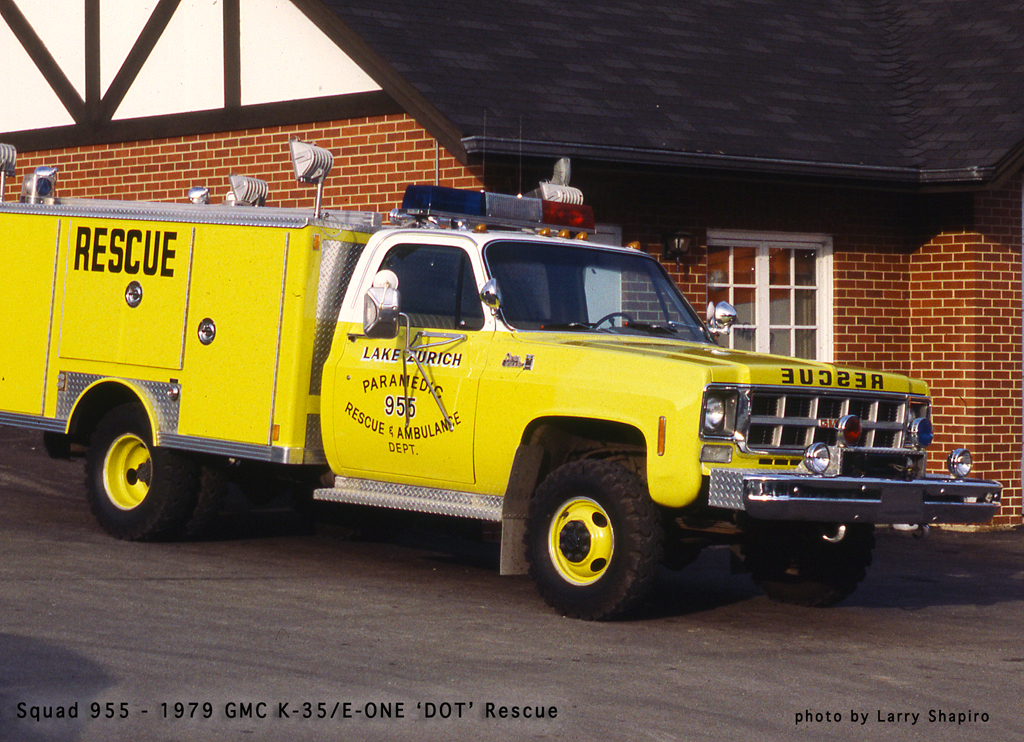
Squad 955 with the Lake Zurich Rescue Squad was a small quick-response squad built by E-ONE in 1979 on a GMC K35 chassis. Larry Shapiro collection
The Greater Round Lake Fire Protection District purchased two Mack CF engines; one in 1968 and the other in 1975. Both were painted white.

Round Lake Engine 638 was one of two CF Mack engines that they purchased. This was built in 1975 and had a 1,000-GPM pump with 500 gallons of water. Larry Shapiro collection
The Waukegan apparatus has always been red or red and white with a few exceptions. In 1979, they purchased a DOT spec’d small squad just like the one that was bought by the Lake Zurich Rescue Squad. Additionally, they purchased a 1969 Ward LaFrance Model P80 engine on an Ambassador chassis that was white over lime green which was typical of the Ward LaFrance units being shipped during that era. They went on to purchase three more units from Ward LaFrance in 1976 and 1977, all of which were white over red.

The first of five Ward LaFrance units that was purchased by the Waukegan Fire Department was this 1969 Model P80 Ambassador Series engine with a 1,250-GPM pump and 1,000-gallons of water. Larry Shapiro collection
Other posts in this series can be found by entering Color of fire trucks in the search field.

